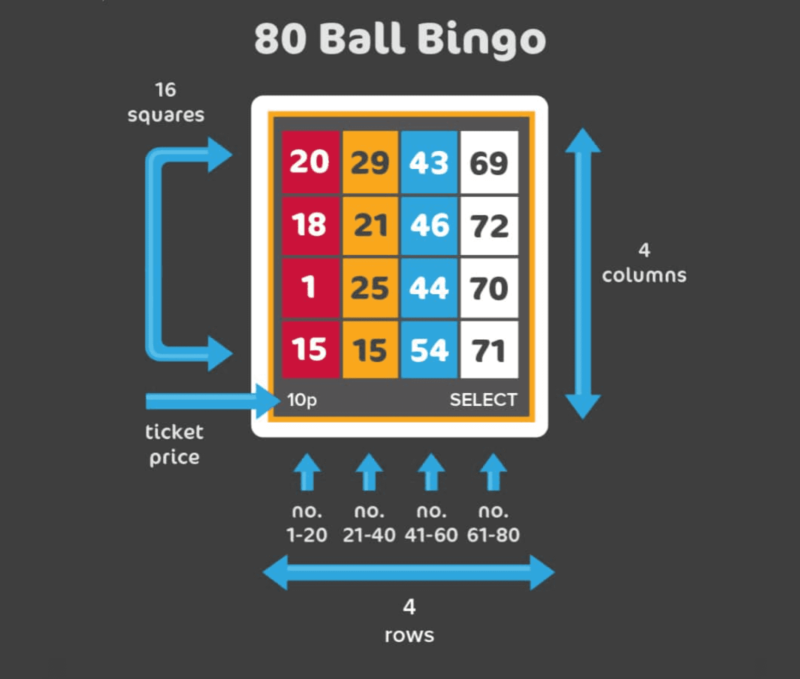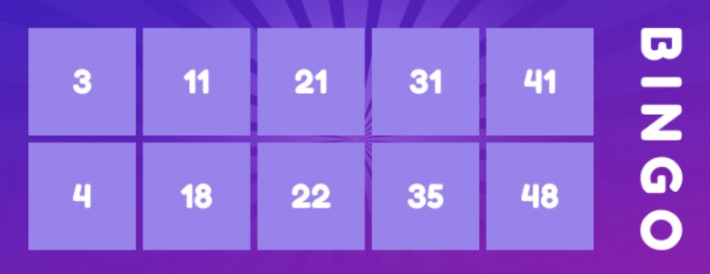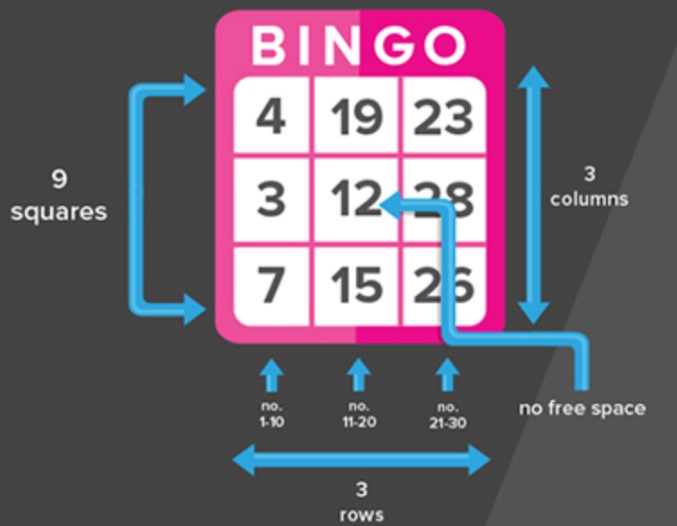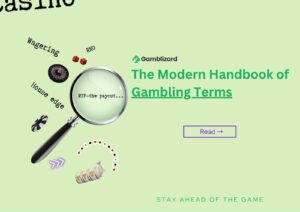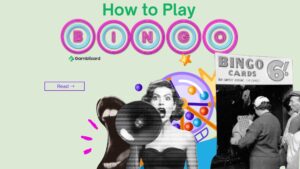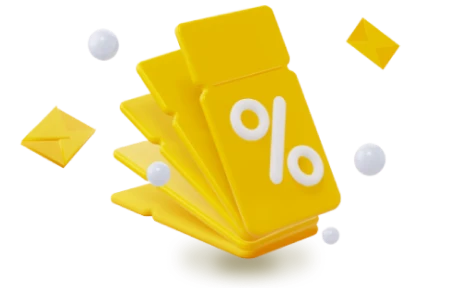Popular Types of Bingo Games
As a popular form of gambling in the UK, the lack of complex rules and in-depth strategy makes bingo games highly popular amongst wide groups of people. Many choose it above complicated tabletop games with cards, seeing it as a social occasion just as much as a chance to win gratifying sums. Regardless of the type you opt for, simply mark off the called bingo numbers on your cards and see whether you complete a line, a few lines, or a full house. On this page, we’ll reveal some quick facts about the UK bingo scene and outline some of the most popular types of bingo to play.
Key Bingo Facts and Where It Stands Today
Here are some key facts about where bingo first originated, along with the best win to date:
Historical Roots
Bingo originated in Italy from the Italian lottery known as Lo Giuoco del Lotto d’Italia. In action since 1530, bingo didn’t find its home in the United Kingdom until the early 1700s.
Popularity
Surveys show that 3 million people regularly play bingo in Great Britain, with many at least two times per week.
Economic Impact
According to National Bingo Game, the total amount of monetary prizes won from different bingo games throughout the UK is over £1 billion.
Record-Breaking Wins
The UK’s biggest bingo winner is John Orchard, who won a huge £5.9 million from a 30p stake at the online bingo site Butlers Bingo in December 2012.
Online bingo games have come a long way since they first appeared on the Internet in the late 1990s. Originally considered a niche game played mostly by older women in church halls, bingo has since become a mainstream online entertainment enjoyed by people of all ages and genders. Some online bingo sites offer “no deposit bingo”, that is, free play. This allows the player to experience the system without withdrawing money, but it is not possible to win monetary benefits.
Jamie Wall Casino Analyst
Popular Bingo Variations
Due to its popularity, there are now multiple types of bingo games. While the premise remains the same, each variation has its characteristics for players to be aware of, regardless of whether playing in physical bingo facilities or participating in website tournaments.
The most popular types are 75-ball and 90-ball. Our dedicated article on how to play bingo brings the two of them into the limelight. Make sure to check it if you’re not familiar with the rules and the gameplay. However, if you’re bored with classical bingo, the varieties below will refresh your palate.
80-Ball Bingo
A middle ground between 75- and 90-ball bingo, this type is complete with 80 balls and a 4×4 grid. Each ticket contains 16 numbers, and 4 different colours are used to categorise all 80 balls, with 20 numbers for every colour group.
The gameplay of 80-ball bingo is standard by simply marking the numbers. There are a lot of bingo patterns, including classic diagonal, horizontal and vertical lines, along with corners and a full house.
An example of an 80-ball bingo ticket
| Column | Number range |
|---|---|
| 1 | 1-20 |
| 2 | 21-40 |
| 3 | 41-60 |
| 4 | 61-80 |
50-Ball Bingo
A 50-ball bingo ticket features a 5×2 grid with 10 numbers in total. Numbers can range from 1 to 50, with a full house and single line being the winning combinations. On average, a game of 50-ball bingo typically lasts between 7–10 minutes, so it’s a nice alternative for those who don’t want to stay too long on a game.
An example of a 50-ball bingo ticket
| Column | Number range |
|---|---|
| 1 | 1-10 |
| 2 | 11-20 |
| 3 | 21-30 |
| 4 | 31-40 |
| 5 | 41-50 |
30-Ball Bingo or Speed Bingo
As a faster-paced alternative to traditional 90-ball and 75-ball bingo games, 30-ball bingo is even more dynamic and quick to play than a 50-ball bingo. Especially if you visit a physical casino or hall, as most 30-ball games last between 3–5 minutes.
Numbers range from 1 to 30, with each ticket featuring a 3×3 grid formation with 9 numbers in total. The ultimate winning combination here is a full house, in which all 9 numbers are marked.
An example of a 30-ball bingo ticket
| Column | Number range |
|---|---|
| 1 | 1-10 |
| 2 | 11-20 |
| 3 | 21-30 |
36-Ball Bingo
While often as fast-paced as 30-ball bingo, the 36-ball variation isn’t as popular in bingo halls. Players have just 12 numbers on a 6×2 ticket and must mark all numbers within 36 calls to win.
Due to the differences in this variation, there are no specific charts or number ranges for players to follow. Typically, 36-ball bingo comes under different game names, with Cash Cubes and Fluffy Favourites being the most well-known. As a result, 36-ball bingo is most commonly found at online bingo sites.
Penny Bingo
Akin to its name, penny bingo allows players to purchase tickets for just 1p. The perfect option for inexperienced players to test the waters regarding bingo gambling, penny bingo tickets are available across all bingo variations.
The option to play penny bingo is most typically seen at online casinos. However, some physical bingo halls may offer these tickets, too, allowing players to practise their marking speed for a tiny sum of money.
The affordable nature of penny bingo tickets means they are incredibly popular across online and in-person games. So, check in advance when penny bingo tickets will be released at your chosen destination to avoid disappointment.
Maths Bingo
Offering an educational twist to traditional bingo games, maths bingo is a great way for people to practise their mental arithmetic skills. This free game is particularly popular amongst schools to help children learn — with no money involved.
Maths bingo tickets feature a 4×4 or other types of grids, each square featuring a number. The bingo caller will read a maths question, and participants must mark the correct number answer on their ticket. To win, players must complete a full row. However, it’s not the only possible way to play it.
One of the most widespread varieties is playing Maths Bingo with dice. The teacher will distribute bingo tickets with a chosen grid disposition. They, in turn, will feature randomly written numbers from 1 to 25 or other (as agreed with the teacher). At the top of the ticket, there will be a void space for 4 numbers — they are for the ones called out by the teacher after they roll 1 die. The pupils’ task is to fill the void spaces at the top with these numbers, and then execute mathematical operations so that the results match with the numbers on a grid. For instance, let’s assume we have such a sequence:
A pupil may train his multiplying skills: 1 × 6 = 6; 4 × 2 = 8; 6 + 8 = 14 — and then mark 14 on their grid.
Alternatively, the teacher may assign a task to make subtractions, additions, or other procedures in elementary arithmetic. It all depends on the creativity of the teaching staff, as well as that of the children.
References
- A History Of Bingo In The UK, Playing Bingo. https://playingbingo.co.uk/retail-bingo/bingo-history/a-history-of-bingo-in-the-uk/. Accessed March 28, 2024.
- Bingo Facts, National Bingo Game. https://www.nationalbingo.co.uk/interesting-facts. Accessed March 28, 2024.
- The Biggest Bingo Prizes Ever Won, Wink Bingo. https://www.winkbingo.com/blog/bingo-prizes. Accessed March 28, 2024.
 Jamie Wall
Jamie Wall 